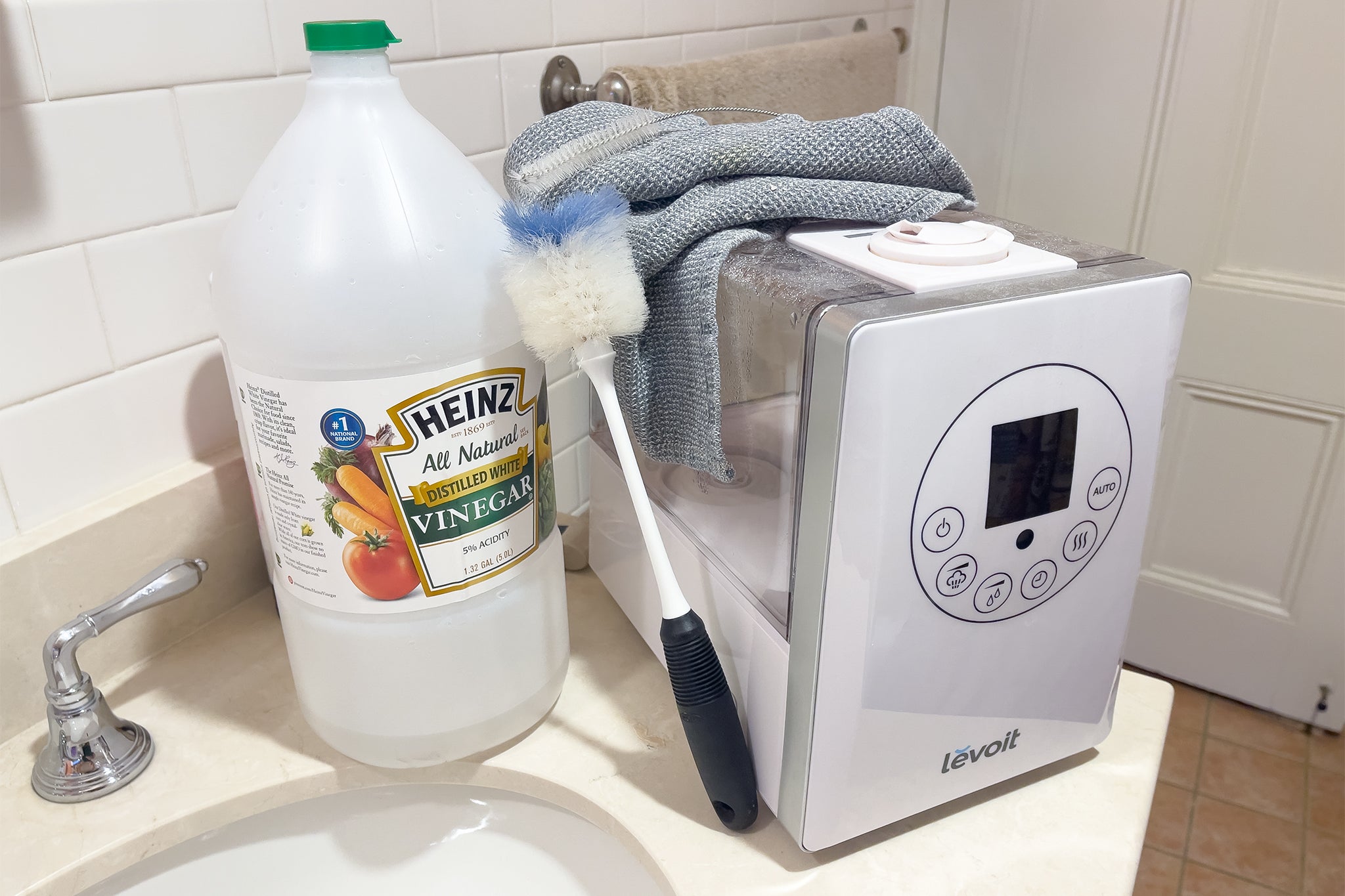

Articles
How To Clean Mold From Humidifier
Modified: January 20, 2024
Learn effective methods for cleaning mold from your humidifier in this informative article. Protect your health and prevent further spread of mold spores.
(Many of the links in this article redirect to a specific reviewed product. Your purchase of these products through affiliate links helps to generate commission for Storables.com, at no extra cost. Learn more)
Introduction
Mold growth in humidifiers is a common problem that many people face. Humidifiers create a moist environment that is perfect for mold to thrive. Not only does mold in humidifiers compromise the air quality, but it also poses health risks for those exposed to it. Therefore, it is essential to address mold growth promptly and effectively to ensure a clean and healthy environment.
In this article, we will discuss the causes of mold growth in humidifiers, the associated health risks, and provide you with a step-by-step guide on how to clean and prevent mold in your humidifier. By following these instructions, you can maintain a mold-free humidifier and enjoy the benefits of clean, moisturized air.
Key Takeaways:
- Regularly cleaning and disinfecting your humidifier with distilled water and vinegar can prevent mold growth, ensuring clean and healthy air for you and your family.
- Implementing proper maintenance, filter replacement, and monitoring humidity levels can effectively reduce the risk of mold growth in your humidifier, promoting a comfortable living environment.
Read more: How To Prevent Mold In Humidifier
Understanding Mold in Humidifiers
Mold growth in humidifiers can occur due to various factors. Understanding these causes is crucial in preventing and addressing the issue effectively.
What causes mold growth in humidifiers?
Mold thrives in environments with high humidity levels and organic material for food. Humidifiers create the ideal conditions for mold growth by adding moisture to the air. If not properly maintained, mold can grow in various parts of the humidifier, including the water tank, base, and other components.
Factors that contribute to mold growth in humidifiers include:
- Stagnant Water: When water sits in the humidifier for an extended period, it becomes a breeding ground for mold. The warm and moist environment inside the humidifier allows mold spores to thrive and multiply.
- Contaminated Water: If tap water is used in the humidifier, it may contain impurities, such as minerals and microorganisms, that can promote mold growth. Using distilled water can help minimize the risk of contamination.
- Poor Ventilation: Humidifiers should be placed in well-ventilated areas to prevent excessive moisture buildup. Inadequate airflow can lead to increased humidity levels, creating an environment conducive to mold growth.
- Improper Cleaning: Neglecting regular cleaning and maintenance of the humidifier can result in mold growth. Old water, mineral deposits, and other debris can accumulate over time and provide a fertile ground for mold to thrive.
Health risks associated with mold in humidifiers
Mold in humidifiers can lead to various health issues, particularly for individuals with respiratory conditions, allergies, or weakened immune systems. Some common health risks associated with mold exposure include:
- Allergic Reactions: Mold spores can trigger allergic reactions, causing symptoms such as sneezing, congestion, coughing, wheezing, and itchy eyes.
- Asthma Exacerbation: People with asthma may experience worsened symptoms, including coughing, shortness of breath, chest tightness, and wheezing, when exposed to mold.
- Respiratory Infections: Inhalation of mold spores can lead to respiratory infections, especially in individuals with weakened immune systems.
- Irritation and Inflammation: Mold exposure can irritate the respiratory system, causing throat irritation, nasal congestion, and coughing.
To protect your health and maintain a clean and safe environment, it is crucial to address mold growth in humidifiers promptly and take preventive measures to minimize its occurrence.
Safety Precautions Before Cleaning Mold
Before you begin the process of cleaning mold from your humidifier, it is important to take certain safety precautions to protect yourself and ensure a safe cleaning process.
Turning off and unplugging the humidifier:
The first step is to turn off and unplug your humidifier from the electrical outlet. This prevents any risk of electrical shock while you are cleaning or dismantling the unit. It is important to follow the manufacturer’s instructions on how to properly power off and unplug your specific humidifier model.
Using protective gear:
When dealing with mold, it is crucial to protect yourself from potential health hazards. Wear gloves to avoid direct contact with mold spores, as they can cause allergic reactions or skin irritations. Additionally, consider wearing a mask to prevent inhalation of mold spores during the cleaning process. A mask with a high-efficiency particulate air (HEPA) filter is recommended for effective protection.
Keep in mind that if you have a severe mold allergy or respiratory condition, it is advisable to have someone else clean the humidifier or seek professional assistance.
By taking these safety precautions, you can ensure your well-being and minimize any potential risks associated with handling mold during the cleaning process.
Cleaning Supplies Needed
Before you start cleaning the mold from your humidifier, gather the necessary supplies to ensure an effective and thorough cleaning process. Here are the essential cleaning supplies you will need:
1. Distilled white vinegar:
Vinegar is known for its natural disinfecting properties and can effectively kill mold and mildew. It is also safe to use and environmentally friendly. Distilled white vinegar is readily available and affordable, making it an excellent choice for cleaning your humidifier.
2. Hydrogen peroxide:
Hydrogen peroxide is another effective cleaning agent that can kill mold spores and disinfect the humidifier. It is also safe to use and readily available in most households. When using hydrogen peroxide, make sure to use the 3% concentration for safety purposes.
3. Water:
You will need water for rinsing and diluting the cleaning solutions. It is recommended to use distilled or filtered water instead of tap water to avoid introducing impurities that could contribute to mold growth.
4. Soft brush or toothbrush:
A soft-bristled brush or toothbrush will be helpful in scrubbing away mold and debris from the humidifier’s components. Look for a brush with gentle bristles that won’t scratch or damage the surfaces of the humidifier.
5. Cloth or sponge:
A soft cloth or sponge will be useful for wiping down the exterior of the humidifier and removing any remaining mold or cleaning residues. Ensure that the cloth or sponge is clean and free from any other chemicals or contaminants.
By gathering these cleaning supplies beforehand, you will be fully prepared to tackle the mold cleaning process and achieve a thoroughly clean and sanitized humidifier.
To clean mold from a humidifier, mix equal parts of white vinegar and water and use this solution to scrub the affected areas. Rinse thoroughly and allow to dry before using the humidifier again.
Step-by-Step Guide to Cleaning Mold from a Humidifier
Cleaning mold from your humidifier is a straightforward process that can be done with a few simple steps. Follow this step-by-step guide to ensure a thorough cleaning and eliminate any mold growth in your humidifier:
1. Emptying and cleaning the water tank:
Start by emptying the water tank of the humidifier. Dispose of any remaining water and rinse the tank with clean water to remove any loose debris or residue. Use a soft brush or toothbrush to scrub away any visible mold or stubborn stains. If necessary, you can also use a mixture of distilled white vinegar and water (in equal parts) to help break down the mold and disinfect the tank. Rinse the tank thoroughly with clean water to remove any cleaning solution.
2. Cleaning the base and other removable parts:
Next, remove the base and any other removable parts of the humidifier, such as the filter or nozzle. Follow the manufacturer’s instructions for disassembling the humidifier. Clean these parts separately using a mixture of vinegar and water or hydrogen peroxide solution. Scrub away any mold or residue using a soft brush or toothbrush, ensuring you reach all the nooks and crannies. Rinse the parts thoroughly with clean water before reassembling the humidifier.
3. Disinfecting the humidifier with vinegar or hydrogen peroxide solution:
Now, it is time to disinfect the entire humidifier to eliminate any lingering mold spores. Fill the water tank with either a mixture of equal parts distilled white vinegar and water or a 3% hydrogen peroxide solution. Allow the solution to sit in the humidifier for at least 30 minutes to effectively kill any mold and bacteria. Then, thoroughly rinse the humidifier with clean water to remove any remaining solution.
4. Wiping down the exterior of the humidifier:
Lastly, use a clean cloth or sponge dampened with water to wipe down the exterior of the humidifier. This will remove any dust, residues, or mold spores that may have settled on the surfaces. Pay attention to areas that are often overlooked, such as the control panel and vents. Make sure to dry the humidifier completely before reassembling and turning it back on.
By following these steps, you can effectively clean and disinfect your humidifier, ensuring it is free from mold and ready to provide clean, moist air.
Read more: How To Clean Mold From Dishwasher
Tips for Preventing Mold Growth in Humidifiers
Preventing mold growth in your humidifier is essential to maintain a clean and healthy environment. By implementing the following tips, you can minimize the risk of mold and ensure your humidifier operates efficiently:
1. Regularly cleaning and disinfecting the humidifier:
Regular cleaning and disinfection are key to preventing mold growth in your humidifier. Empty and clean the water tank daily, especially if you use the humidifier frequently. Disassemble and clean the base and other removable parts at least once a week. Use a mild detergent or a vinegar solution to remove any mold, mineral deposits, or residue. Rinse thoroughly, ensuring no cleaning solution is left behind.
2. Using distilled water:
Using distilled water instead of tap water can help prevent mold growth in your humidifier. Tap water often contains minerals and impurities that can promote the accumulation of mineral deposits and encourage mold growth. Distilled water is free from these contaminants and reduces the risk of mold formation. Be sure to follow the manufacturer’s guidelines on the type of water recommended for your specific humidifier model.
3. Keeping the humidifier in a well-ventilated area:
Proper ventilation is crucial to prevent excess moisture buildup and mold growth in your humidifier. Place the humidifier in a well-ventilated area, away from walls or other obstacles that may restrict airflow. This will allow sufficient air circulation and prevent the humidifier from creating an environment that is too humid, which can promote mold growth.
4. Monitoring humidity levels:
Keep an eye on the humidity levels in your home. High humidity levels can create a breeding ground for mold. The optimal humidity range is typically between 30% and 50%. Use a hygrometer to measure the humidity levels and adjust the humidifier settings accordingly to maintain a healthy balance. Avoid over-humidifying, as excessive moisture can lead to mold growth and other issues.
5. Regular maintenance and filter replacement:
Follow the manufacturer’s instructions for regular maintenance and filter replacement. Filters can collect dust, mold spores, and other particles that can contribute to mold growth. Replace filters as recommended to ensure optimal performance and prevent mold from spreading through the air.
By incorporating these preventive measures into your humidifier care routine, you can effectively reduce the risk of mold growth and enjoy clean, humidified air in your living space.
Conclusion
Mold growth in humidifiers is a common problem that can compromise air quality and pose health risks. However, by understanding the causes of mold growth and implementing proper cleaning and preventive measures, you can maintain a mold-free and healthy environment. Regularly cleaning and disinfecting your humidifier, using distilled water, and keeping it in a well-ventilated area are crucial steps in preventing mold growth. Additionally, monitoring humidity levels and regularly maintaining and replacing filters will contribute to the overall health and longevity of your humidifier.
When cleaning mold from your humidifier, remember to follow safety precautions such as turning off and unplugging the unit and wearing protective gear to minimize any potential health risks. Gather the necessary cleaning supplies, including distilled white vinegar, hydrogen peroxide, water, a soft brush or toothbrush, and a cloth or sponge to ensure an effective cleaning process.
By following the step-by-step guide provided in this article, you can effectively and thoroughly clean your humidifier, removing mold and promoting a clean and comfortable living environment. Regular cleaning and maintenance will not only prevent mold growth but also extend the lifespan of your humidifier and improve its performance.
Remember, prevention is key to avoiding mold growth. Implement the tips shared in this article, and make mold prevention a part of your routine humidifier care. By adopting these practices, you can ensure that your humidifier provides you with clean, moisturized air, promoting a healthy and comfortable living space for you and your family.
Frequently Asked Questions about How To Clean Mold From Humidifier
Was this page helpful?
At Storables.com, we guarantee accurate and reliable information. Our content, validated by Expert Board Contributors, is crafted following stringent Editorial Policies. We're committed to providing you with well-researched, expert-backed insights for all your informational needs.
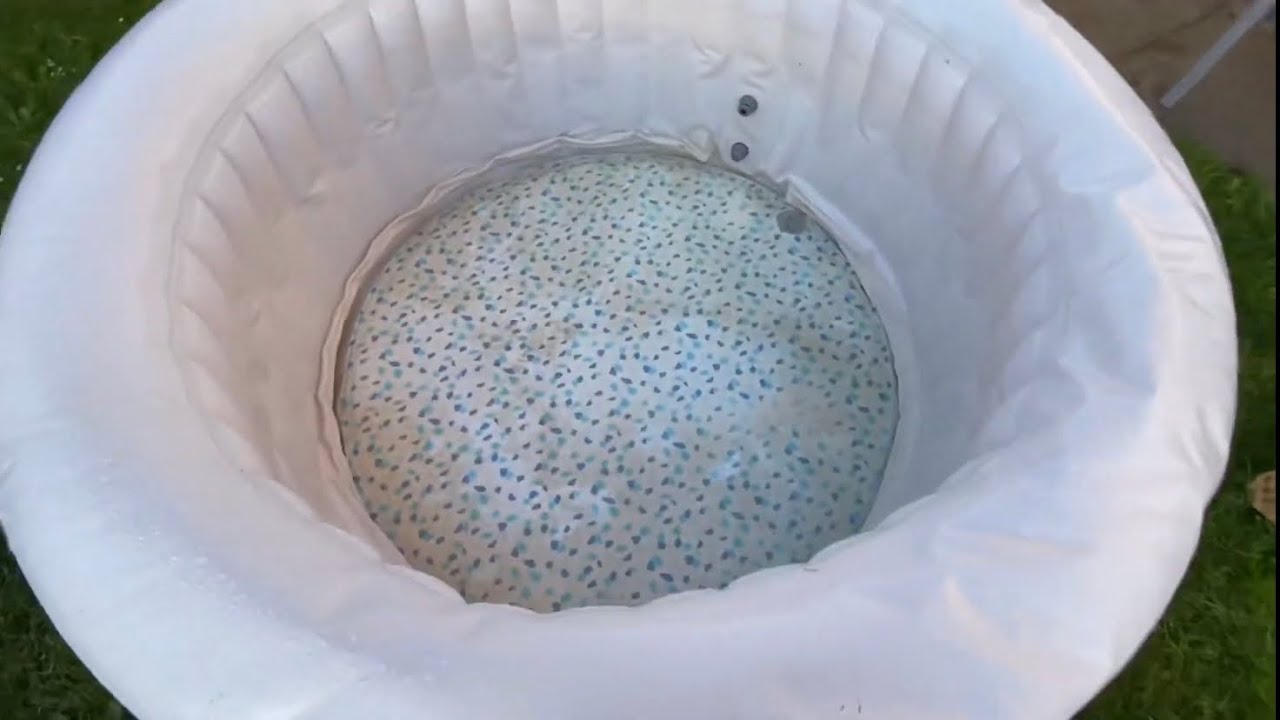
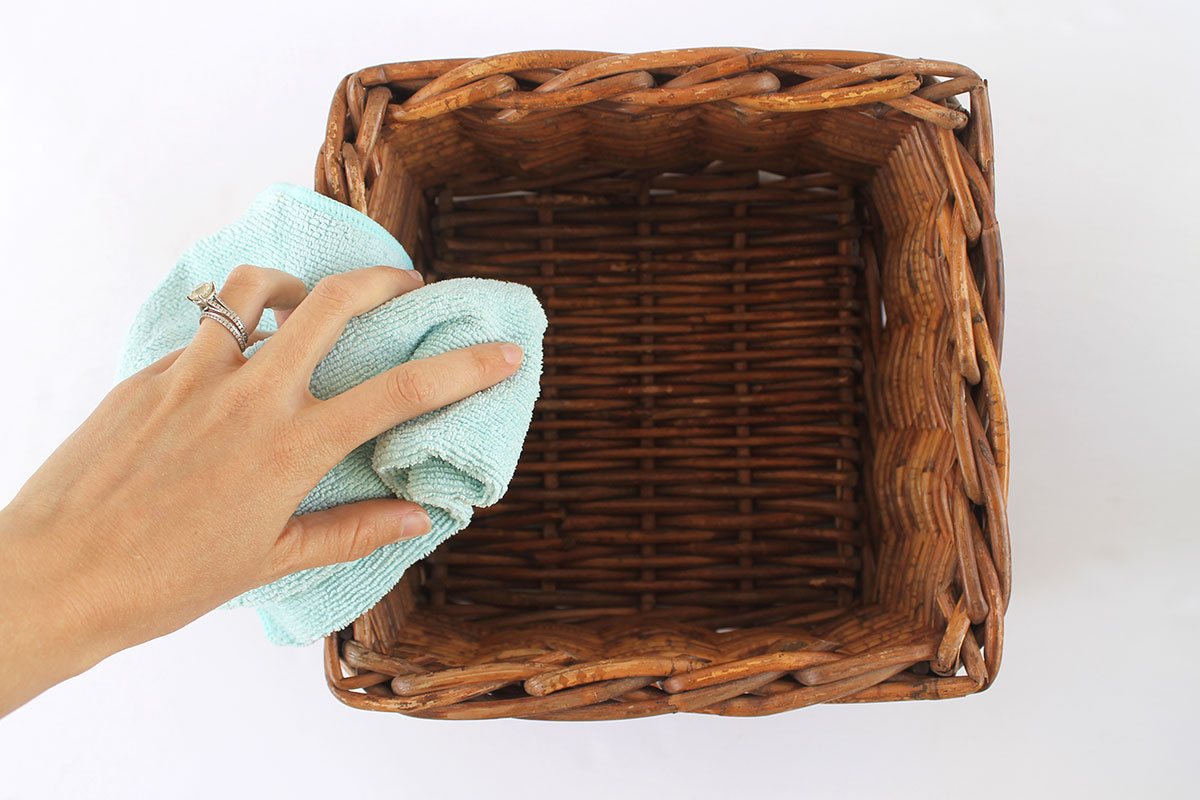
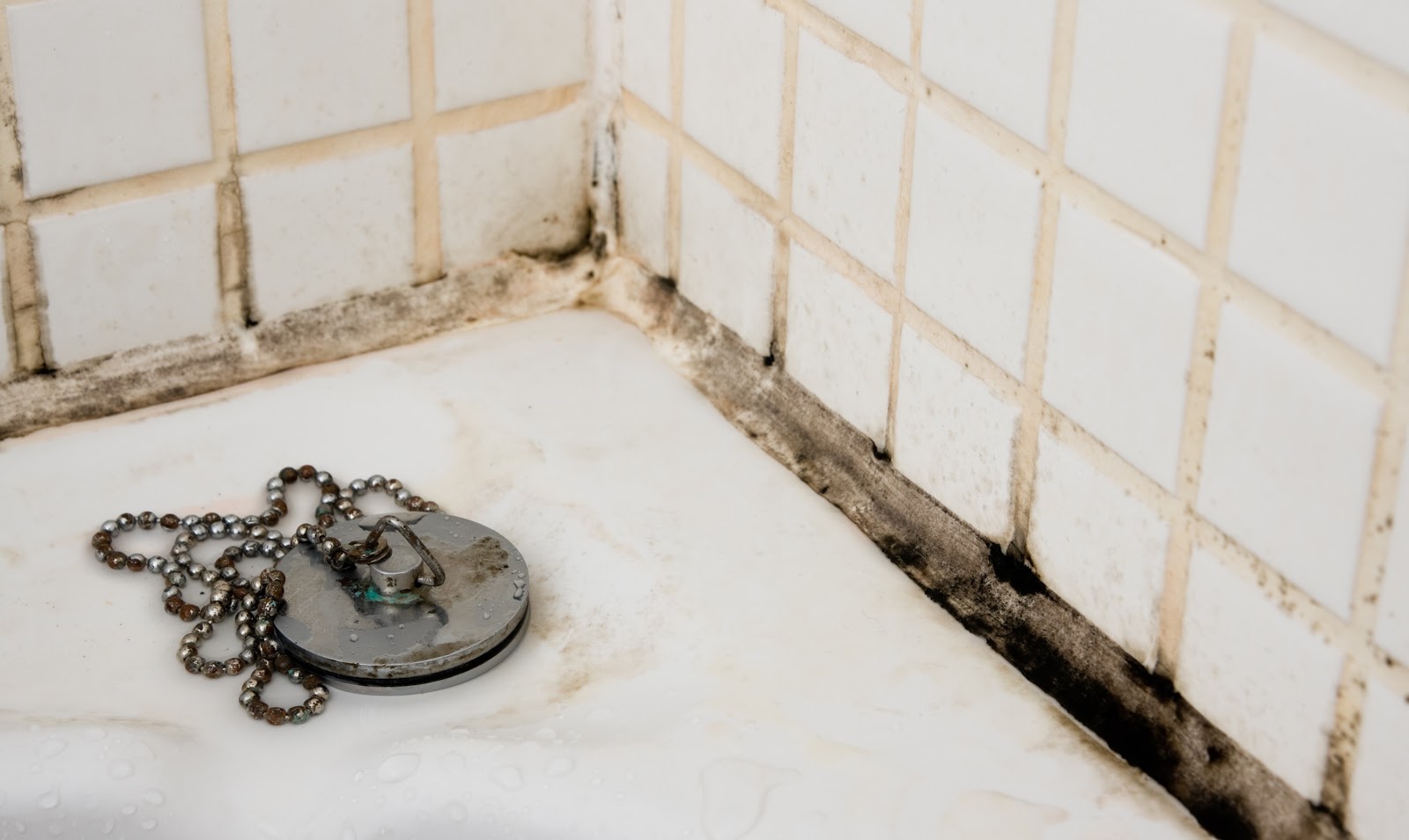
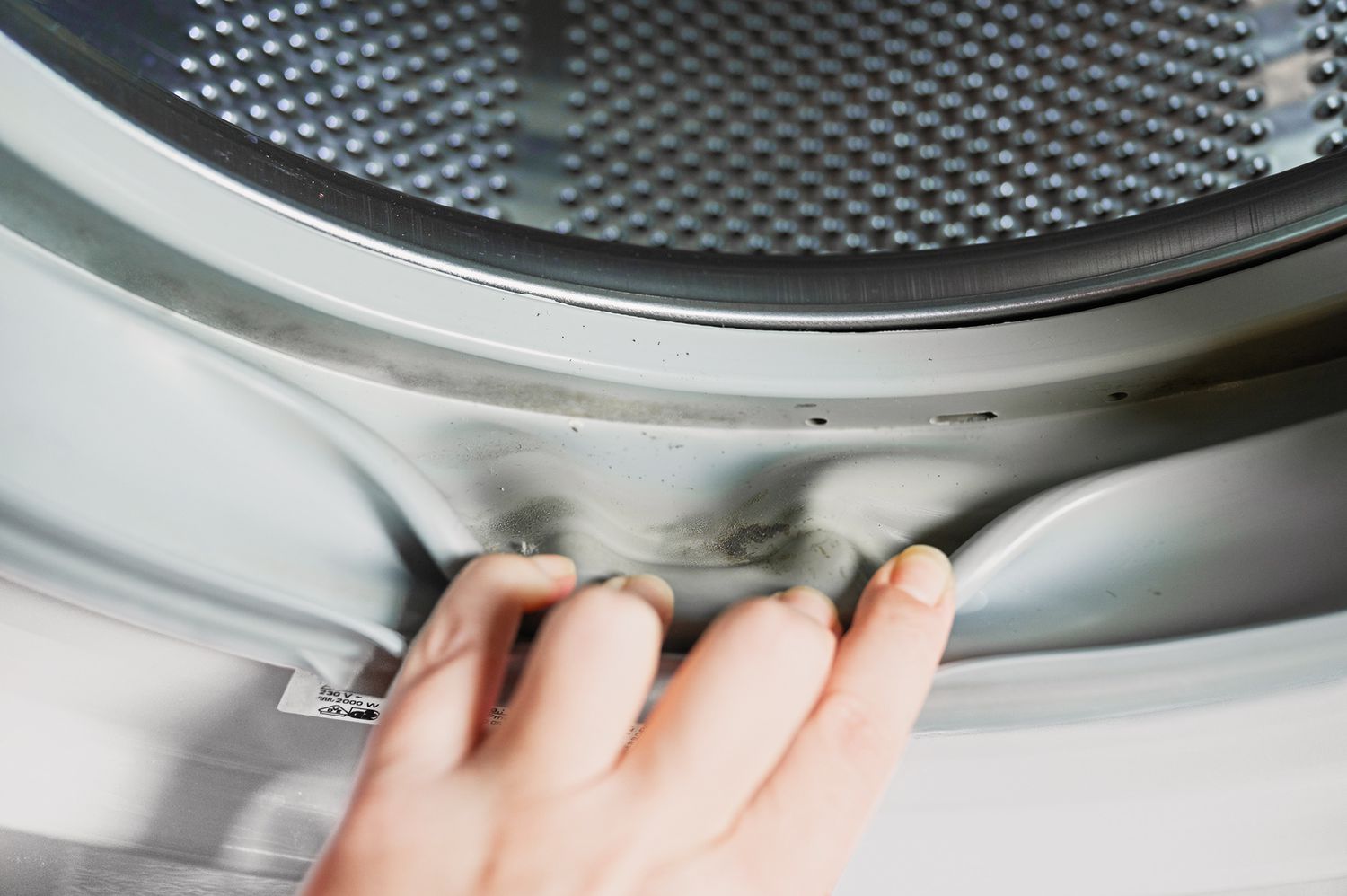
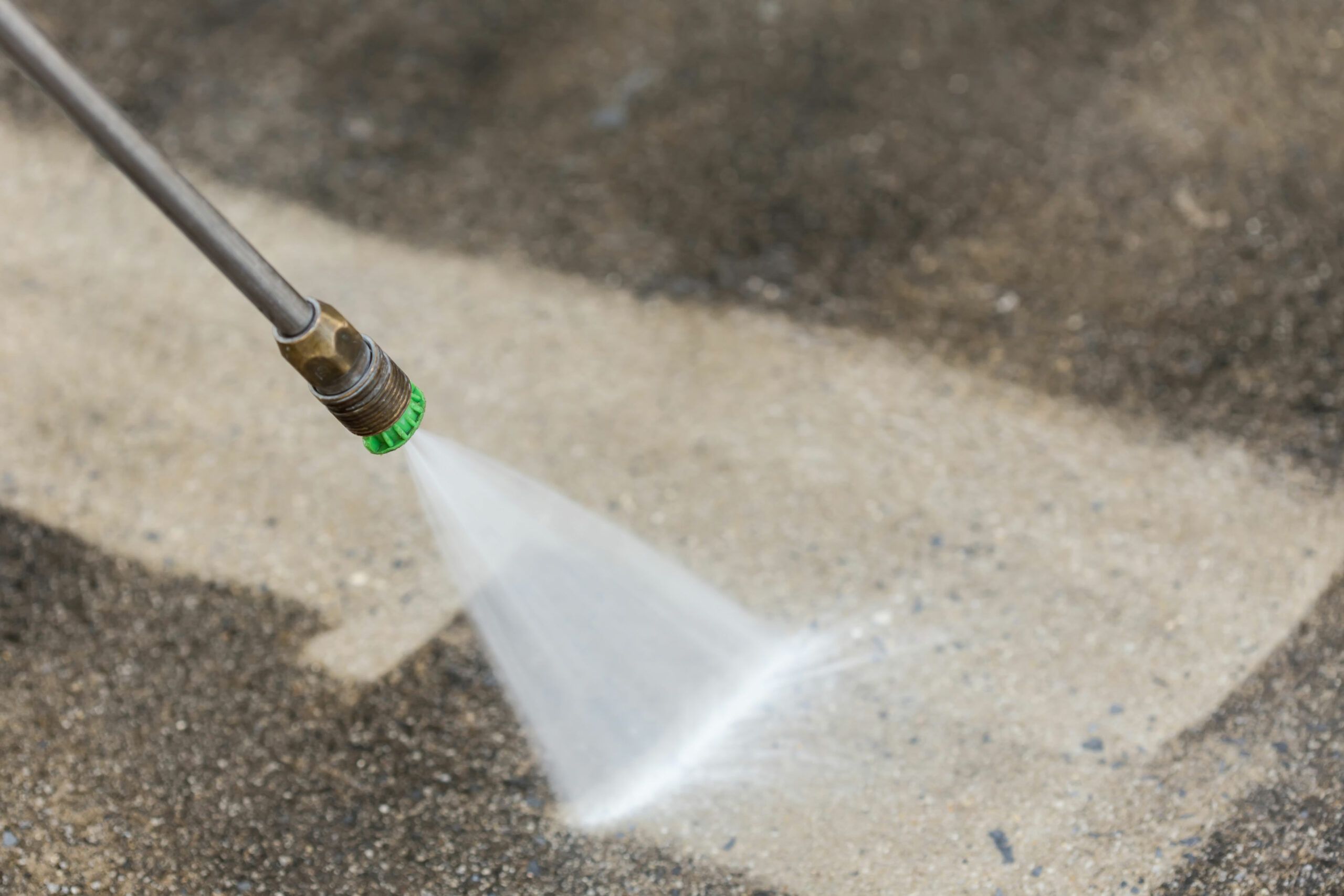
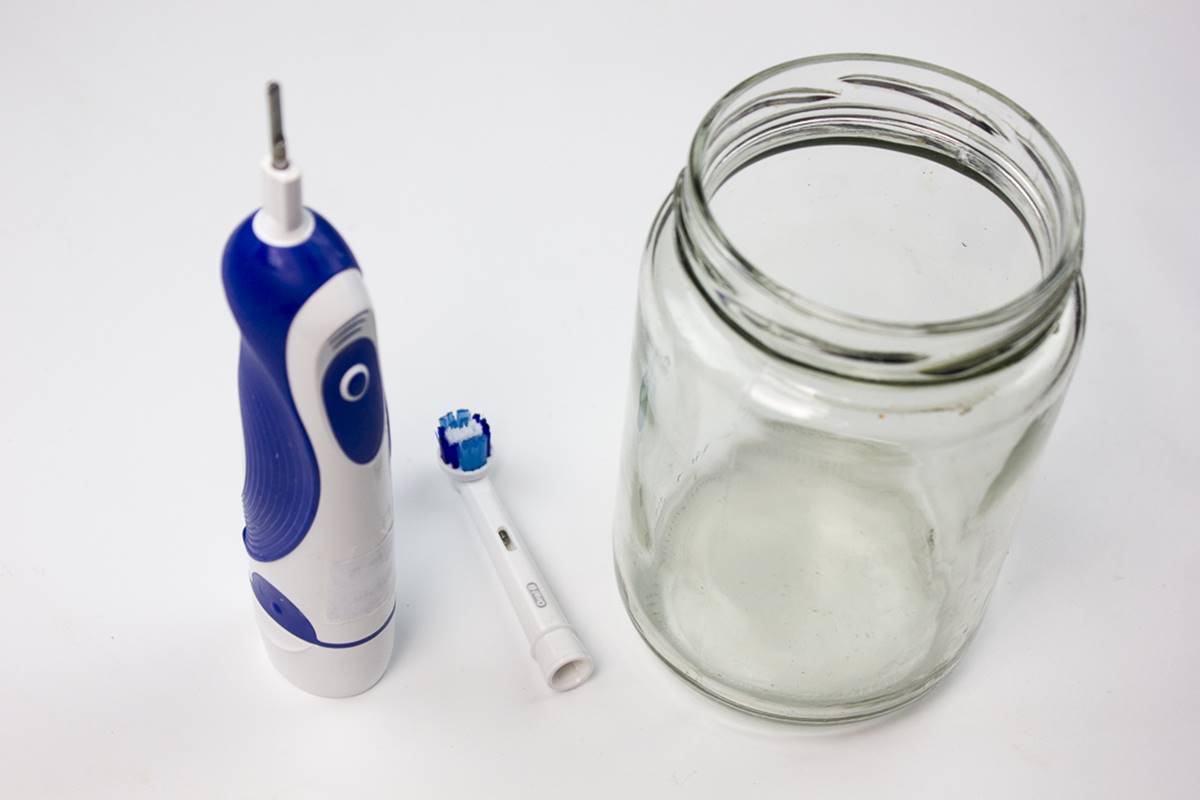
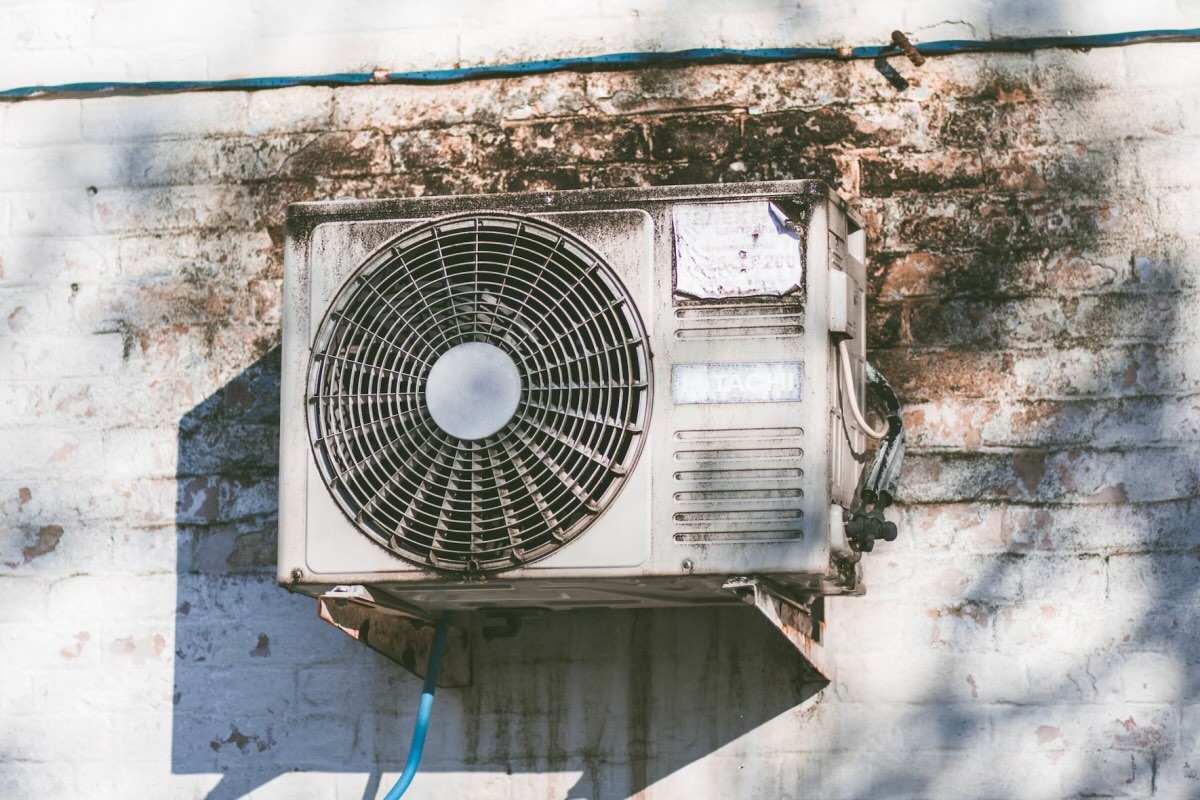
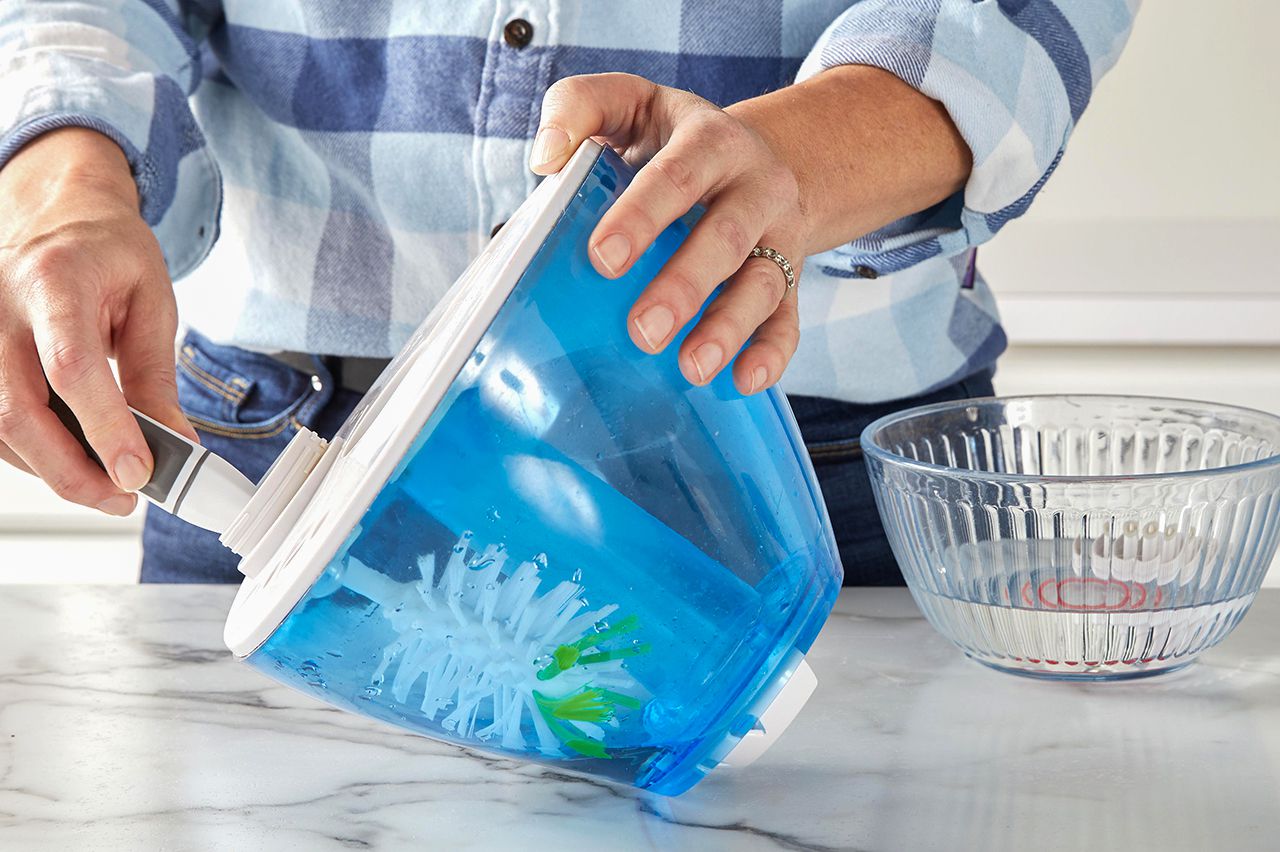
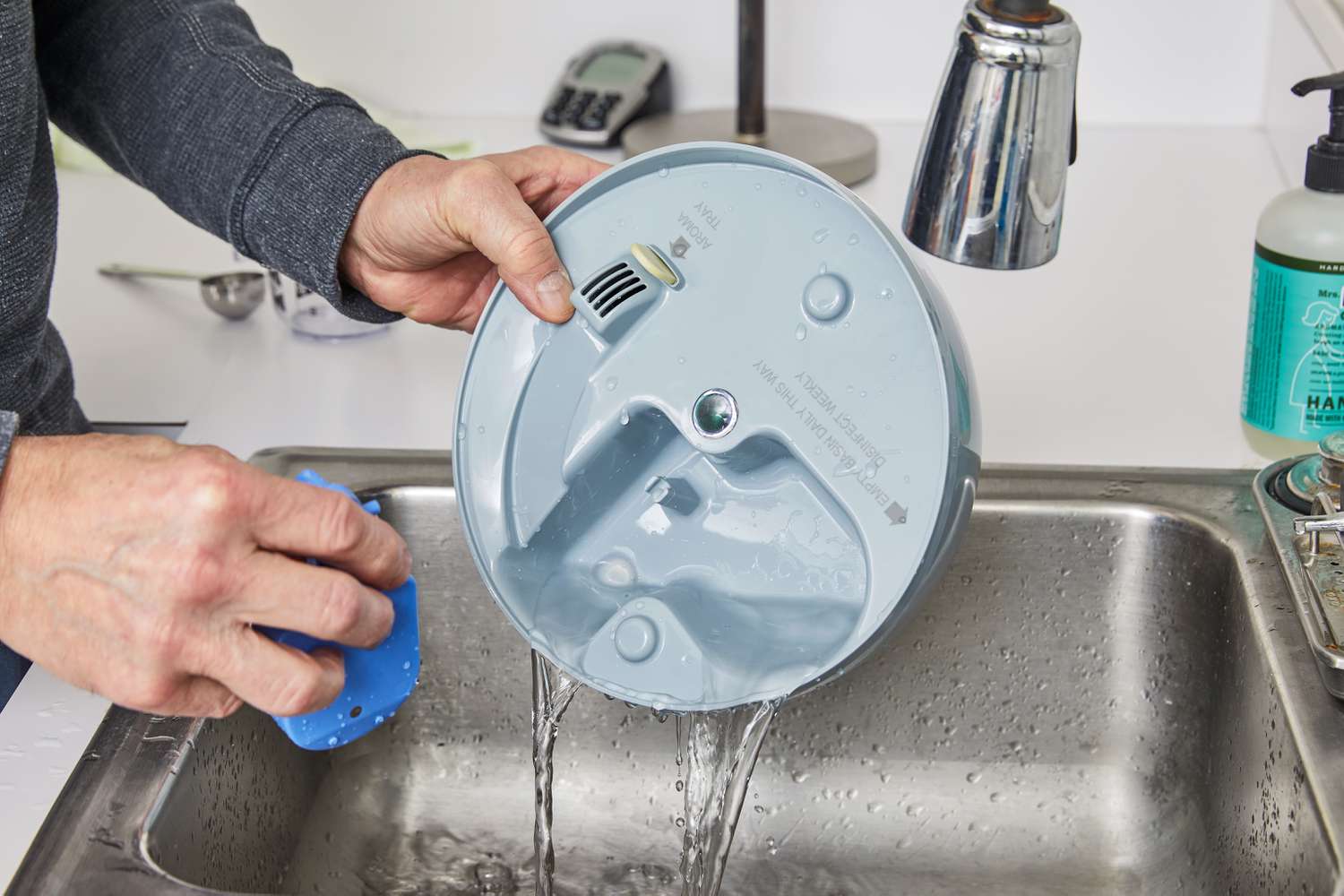
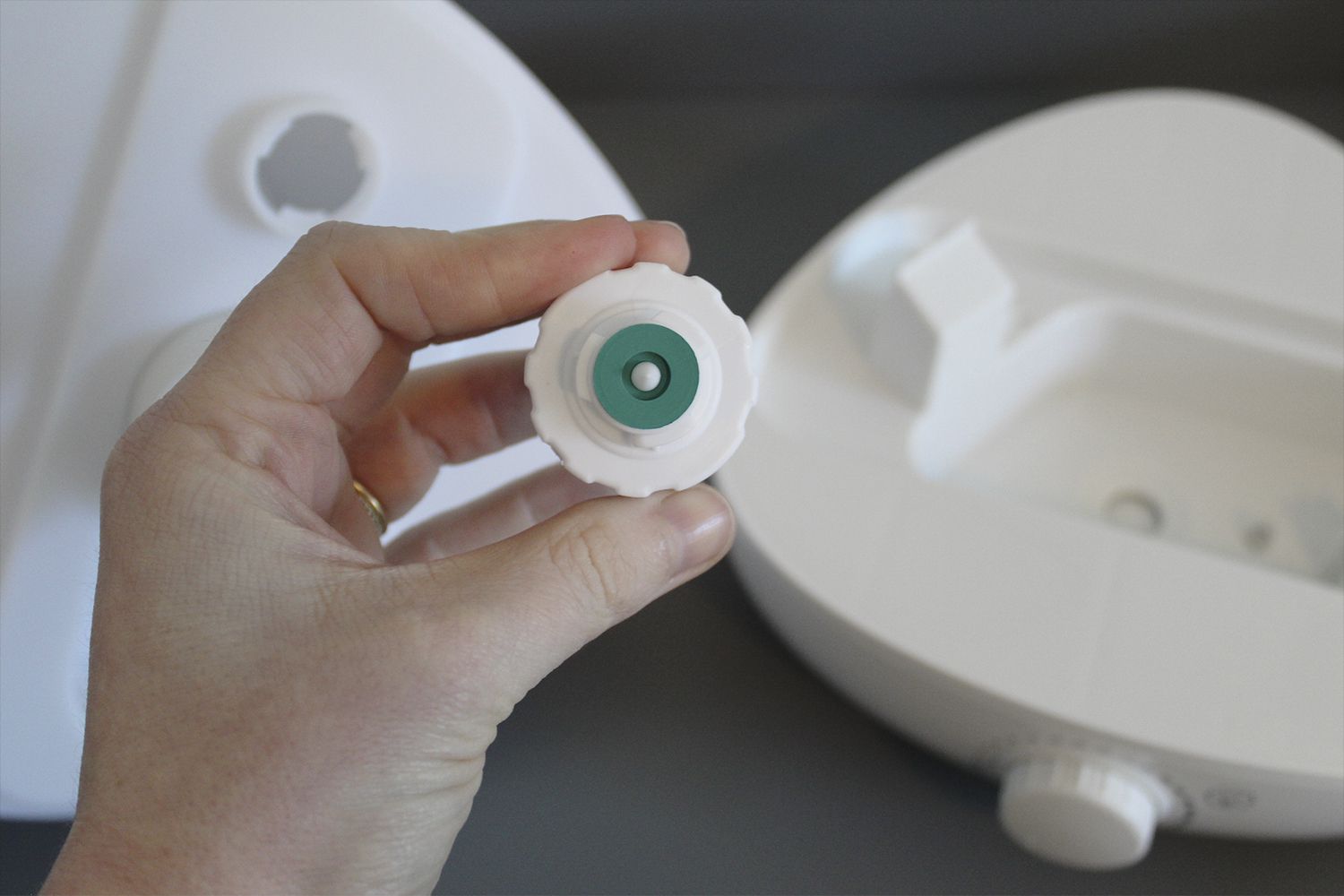
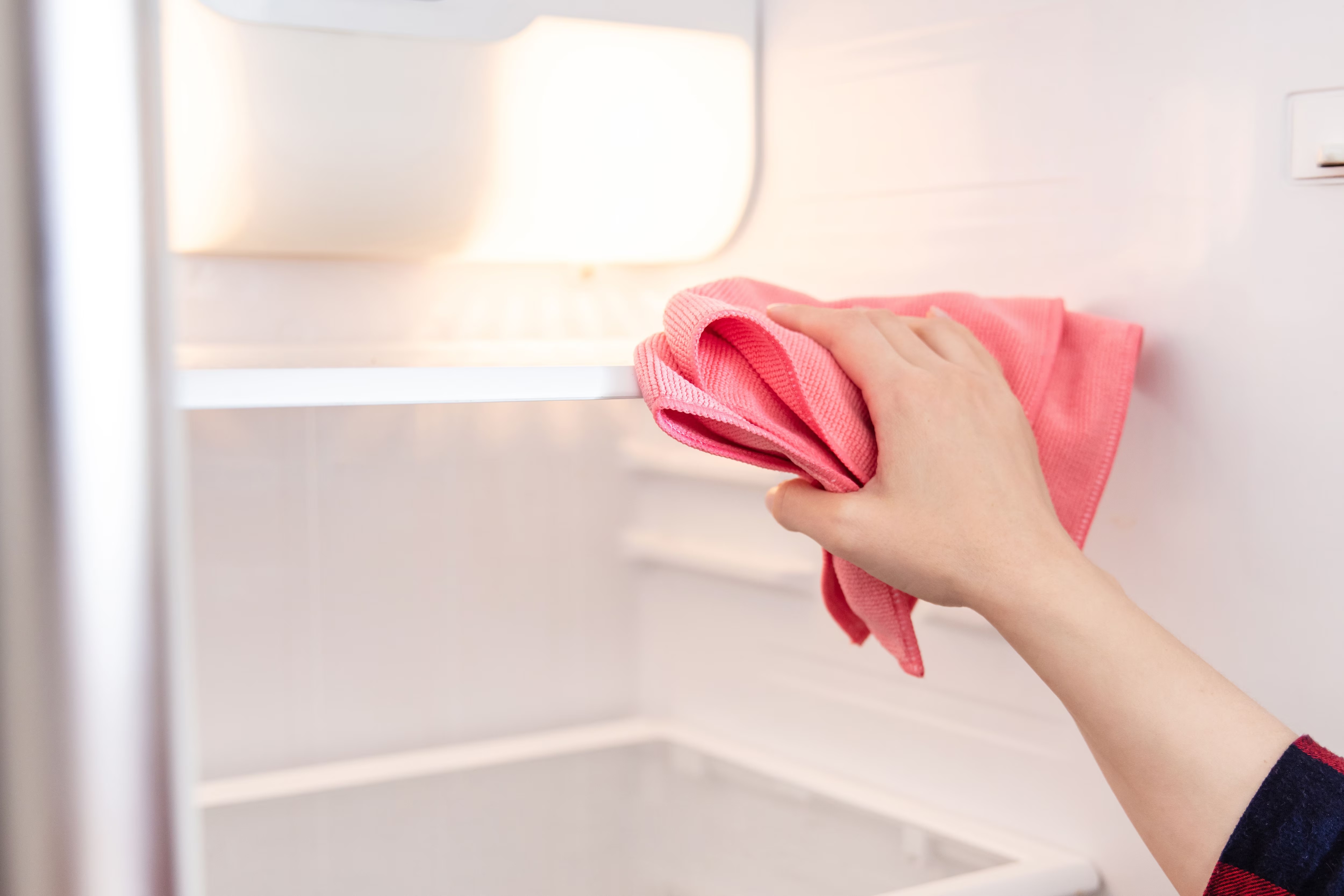
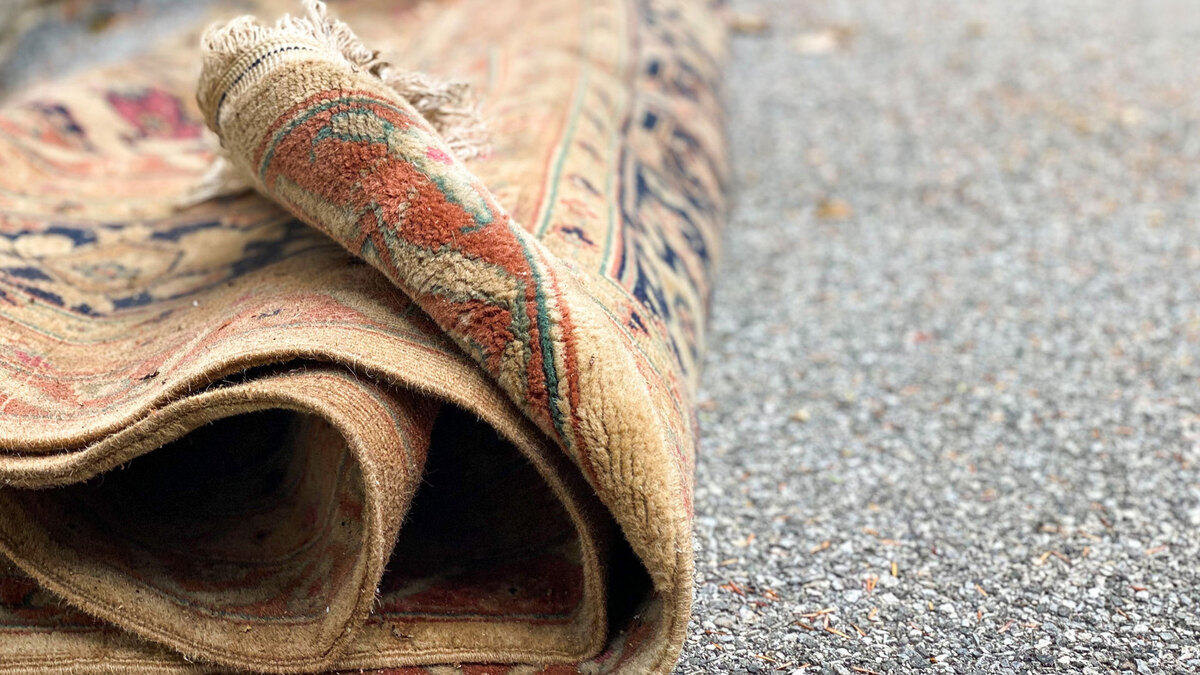
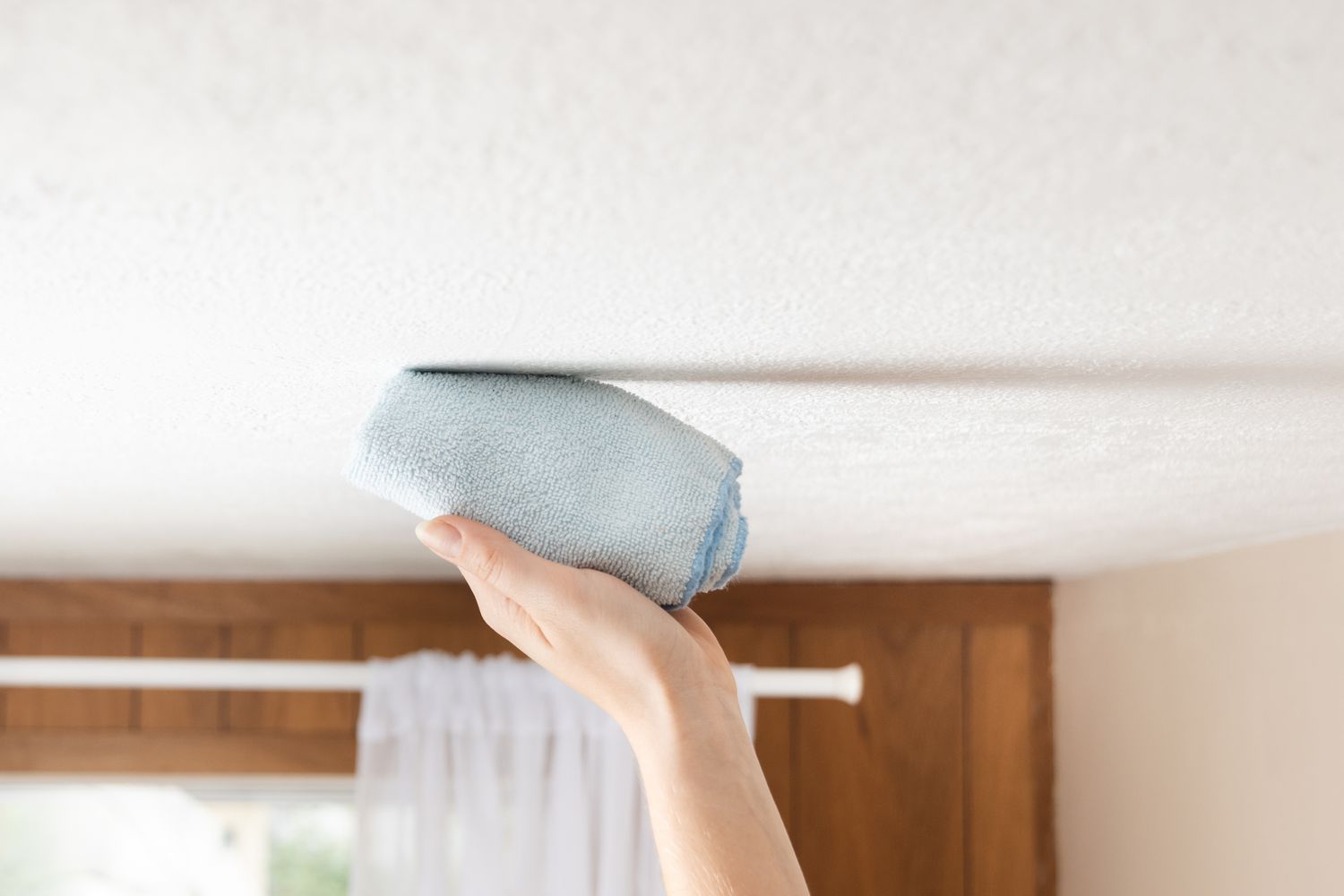
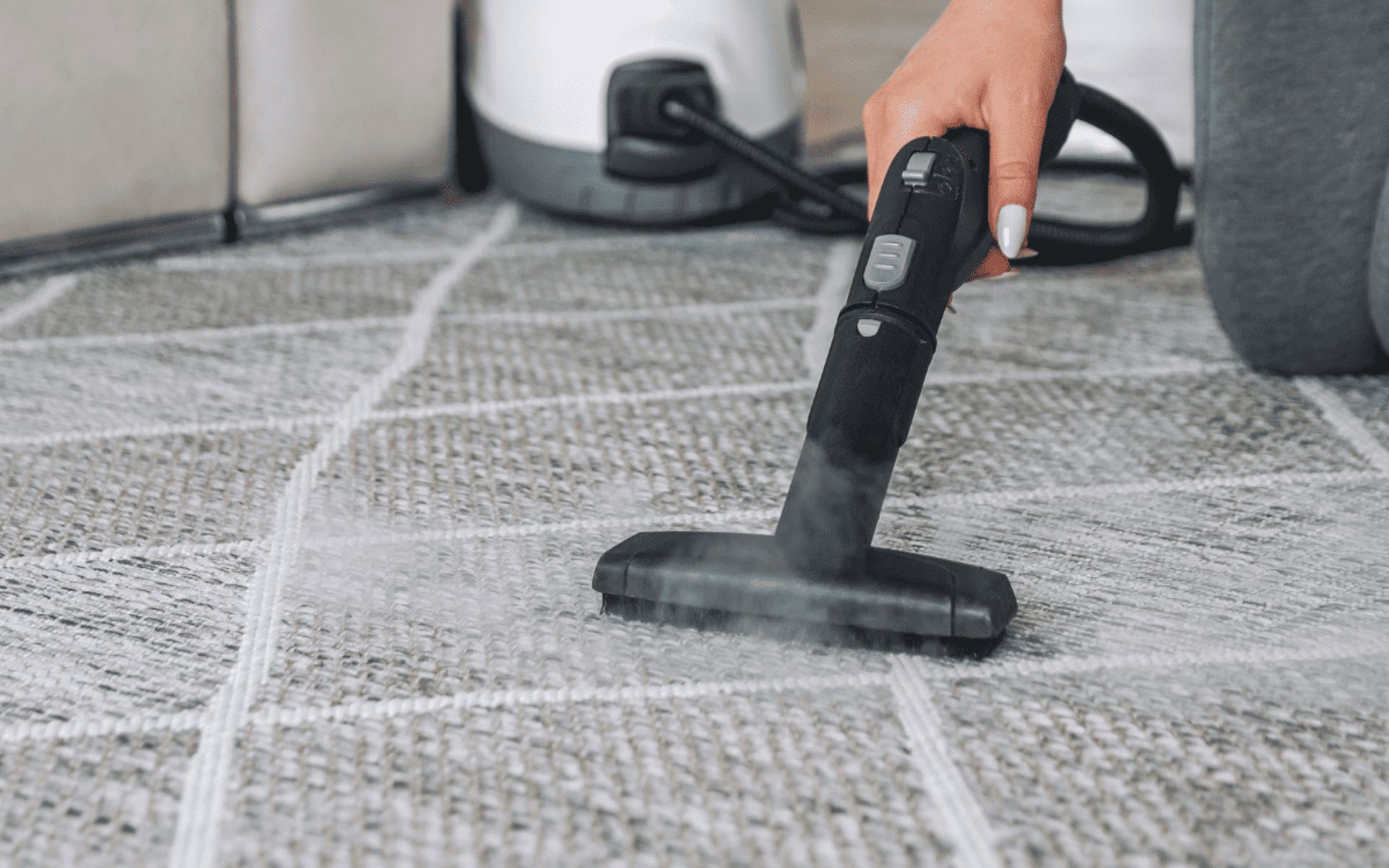

0 thoughts on “How To Clean Mold From Humidifier”